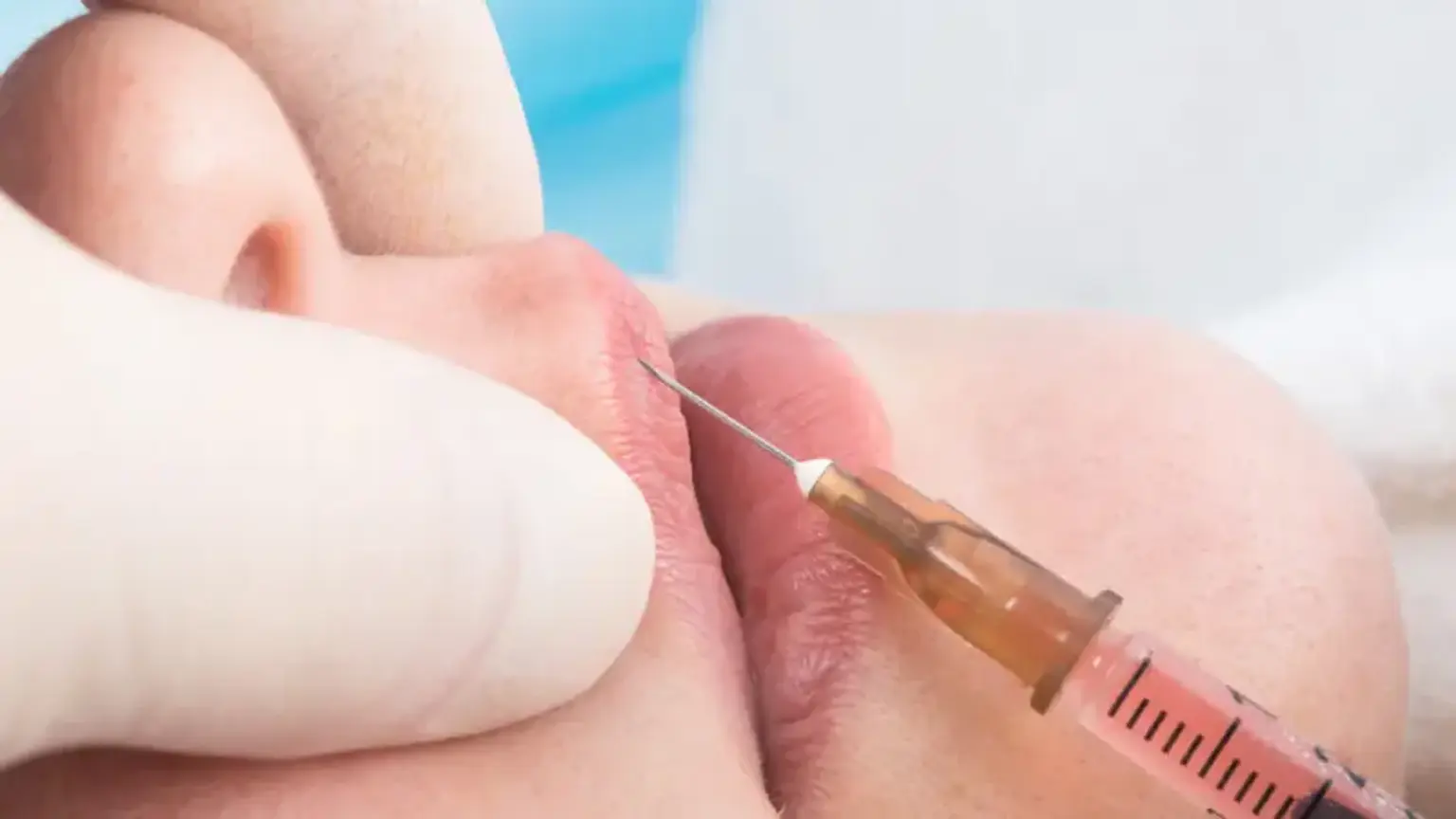Introduction
Facial harmony plays a significant role in defining beauty, and the proportions of the lips and philtrum (the area between the upper lip and the nose) are critical to achieving a balanced look. For individuals seeking to enhance their facial proportions, lip philtrum surgery has emerged as a popular and effective solution. This surgical procedure is designed to create symmetry, enhance aesthetics, and contribute to an overall more balanced appearance. Among the top destinations for such procedures, Korea has become a global hub, renowned for its advanced techniques and natural-looking results.
Importance of Facial Proportion
The face is a composition of multiple elements that work together to create harmony. The lips and philtrum are central features that significantly affect the overall balance of the face. Disproportionately long philtrums or poorly defined lips can create an imbalance, even if other facial features are well-structured. Procedures like lip balance surgery and philtrum shortening surgery aim to address these specific issues, restoring facial symmetry and creating a more youthful and refined appearance.
This focus on proportion aligns with growing trends in cosmetic surgery, especially in Korea, where achieving a "natural aesthetic" is prioritized over exaggerated results.
Understanding Lip-Philtrum Surgery
What is Lip-Philtrum Surgery?
Lip philtrum surgery refers to a set of procedures designed to adjust the length and proportion of the philtrum and lips. The two main techniques include:
